Clipping is turning long videos into short and viral clips for social media platforms like TikTok and Instagram. Clippers can earn thousands of dollars per month with this method - here's how to start.
Clipping is the practice of taking longer-form content - typically YouTube videos, podcasts, livestreams or interviews - and breaking them down into more digestible content pieces.
Attention spans are at an all-time low and social content consumption at an all-time high. Now combine this with the fact that brands want to spread short-form content and you've found a golden money-making opportunity: clipping.
In this in-depth guide, you’ll learn how exactly you can get started earning as a clipper today.
How to clip videos: step-by-step guide
Ready to get started as a clipper?
Here’s how:
Join the Whop Clipping Course
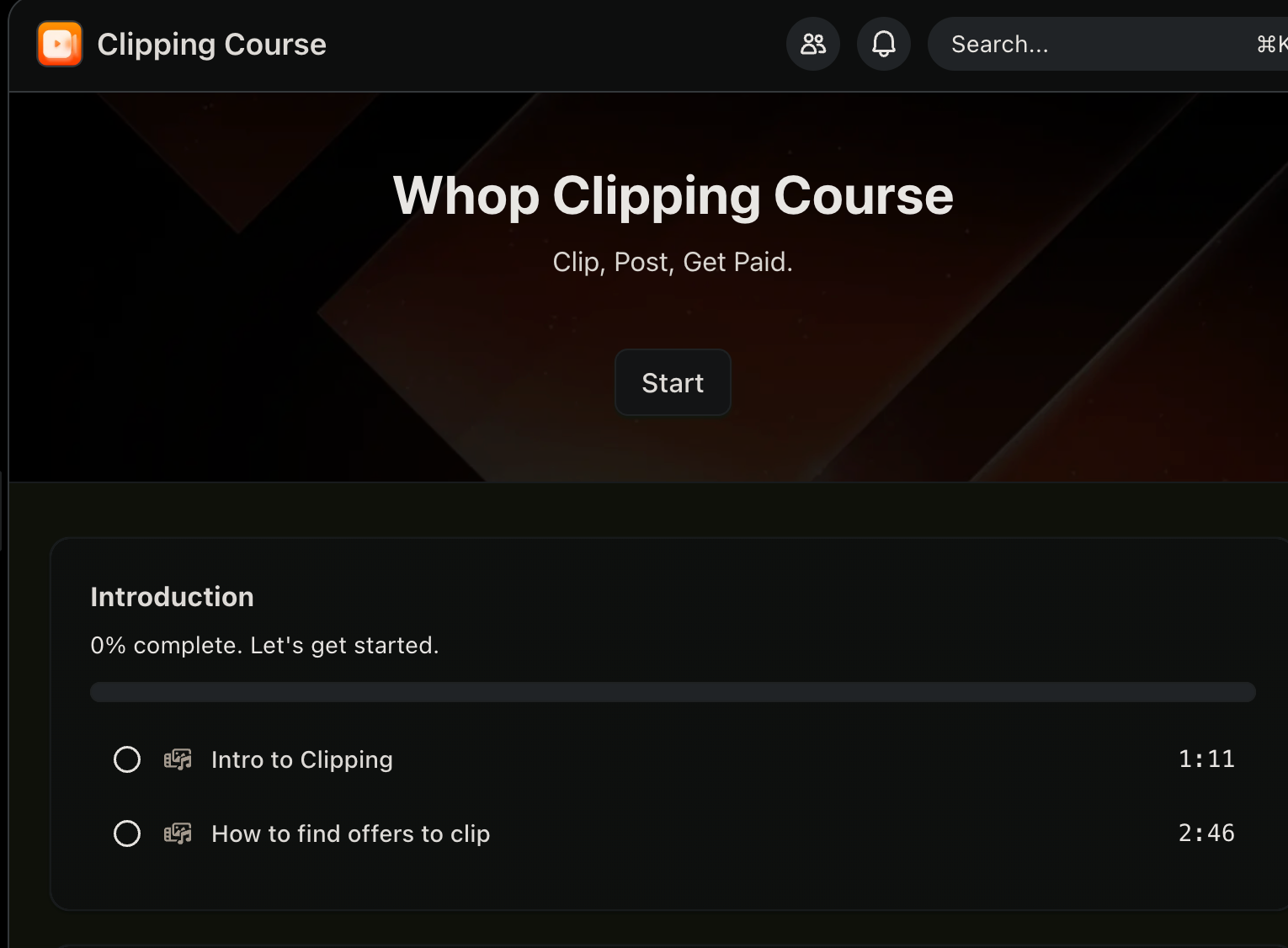
If you want a foolproof, step-by-step method to learn exactly how to pump out the very best clips from the get-go, you can join the Whop Clips community and take the free clipping course.
Step 1: Choose a niche
If you want to get started as a clipper the right way then find your niche. It’s far better to identify and dominate a specific niche rather than to get lost in the noise as a generic producer of content. Choose one thing and do it well.
Selecting the right niche is arguably the most important decision you’ll make as a clipper.
While you should be clipping topics that you’re actually interested in, you should also be aware that some niches perform significantly better than others when it comes to short-form content.
The top-performing clip niches are:
Business & entrepreneurship

Content featuring advice from well-known and successful entrepreneurs, particularly motivational content consistently gets high engagement and benefits from the existing reputation of whoever you’re clipping.
Psychology & human behavior
Most people are endlessly curious about the behavior of both themselves and others, and with a general trend of self-care and therapy on the rise, these clips spread effortlessly across platforms.
Personal development
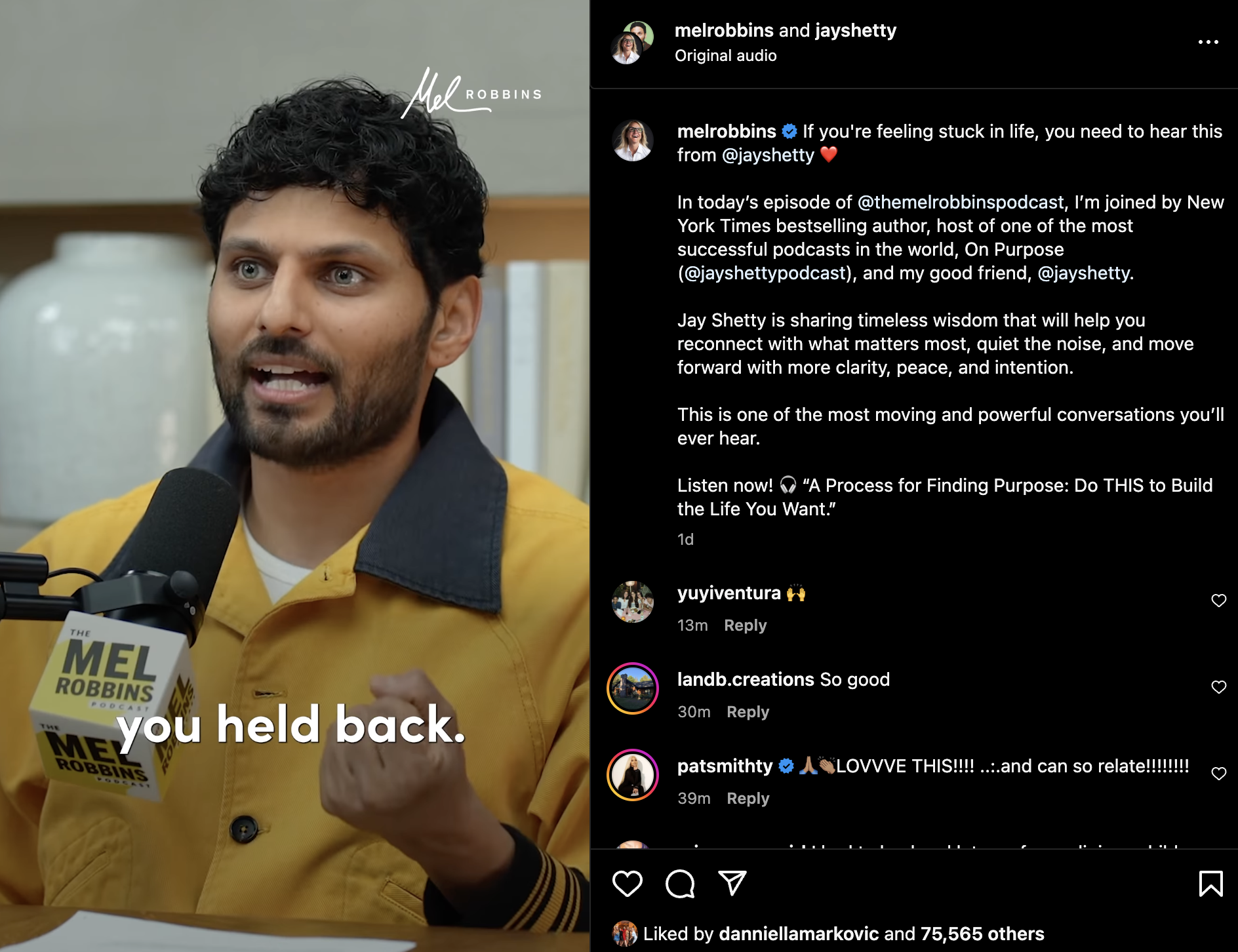
Self-improvement tips, life hacks, and before and after case studies are highly shareable and so perform extremely well as short-form content, many times even with faceless content.
Love and relationships
Another evergreen niche in both business and entertainment is that of love and relationships. Whether you choose to create clips that include relationship advice, love stories, or even controversial opinions, you can do well as a clipper here.
Health & fitness

Almost everyone is looking to become healthier, and social media has become an incredible resource to find helpful tips in this area. Producing short-form and helpful clips that include tips or transformation stories will perform well.
Trending entertainment
Lastly, there will always be an opportunity to find viral trends and to ride them early. While you do risk playing in a saturated market and thus being copied by countless others, if you hit a trend with the right angle or if you strategically produce content around it, you can achieve virality fast.
Each of these niches has plenty of long-form content and a hungry audience that will eat up short-form clips, so don’t think too hard about comparing which one might be better than another. You’ll do best with a niche that you’re already familiar with and consuming content in.
Once you’ve got your niche, it’s time to study it like a pro so you can become a known player inside of it.
Step 2: Study existing viral content
While you probably already scroll through plenty of viral content on a daily basis, you’re probably not paying too much attention. It’s time to look through the strategic lens of someone whose goal is to make similar content themselves.
Here’s a checklist you can follow so you consume content like a professional instead of a passive observer:
- Find the most popular videos in your niche that are linked to an individual clipping channel and not the original creator. Start by simply saving the accounts into a list, then dive in later to deconstruct how they went viral.
- Take note of the editing–particularly the hook.
The first 3 seconds are the make or break of any video as this is the overwhelming timeframe inside of which someone either scrolls past or keeps watching.
The algorithm continues to push videos that are watched for longer periods, so you need to study hooks that top videos chose and understand why they increased viewer retention. - Pay attention to personality types and their preferred content styles, and make your videos accordingly. Some people like slightly exaggerated, cinematic motivational content, while others like more raw and genuine feeling clips.
Make sure you’re producing content in a way where the editing matches the tone of your audience as this can make a huge difference in the success of your clips.
Step 3: Find and go through targeted long-form content in your niche
Now that you’ve got your notes on the type of content that the target in your niche likes to consume, you need to actually go out there and find your own original clips.
There are two main approaches to finding great content to clip:
Use famous figures
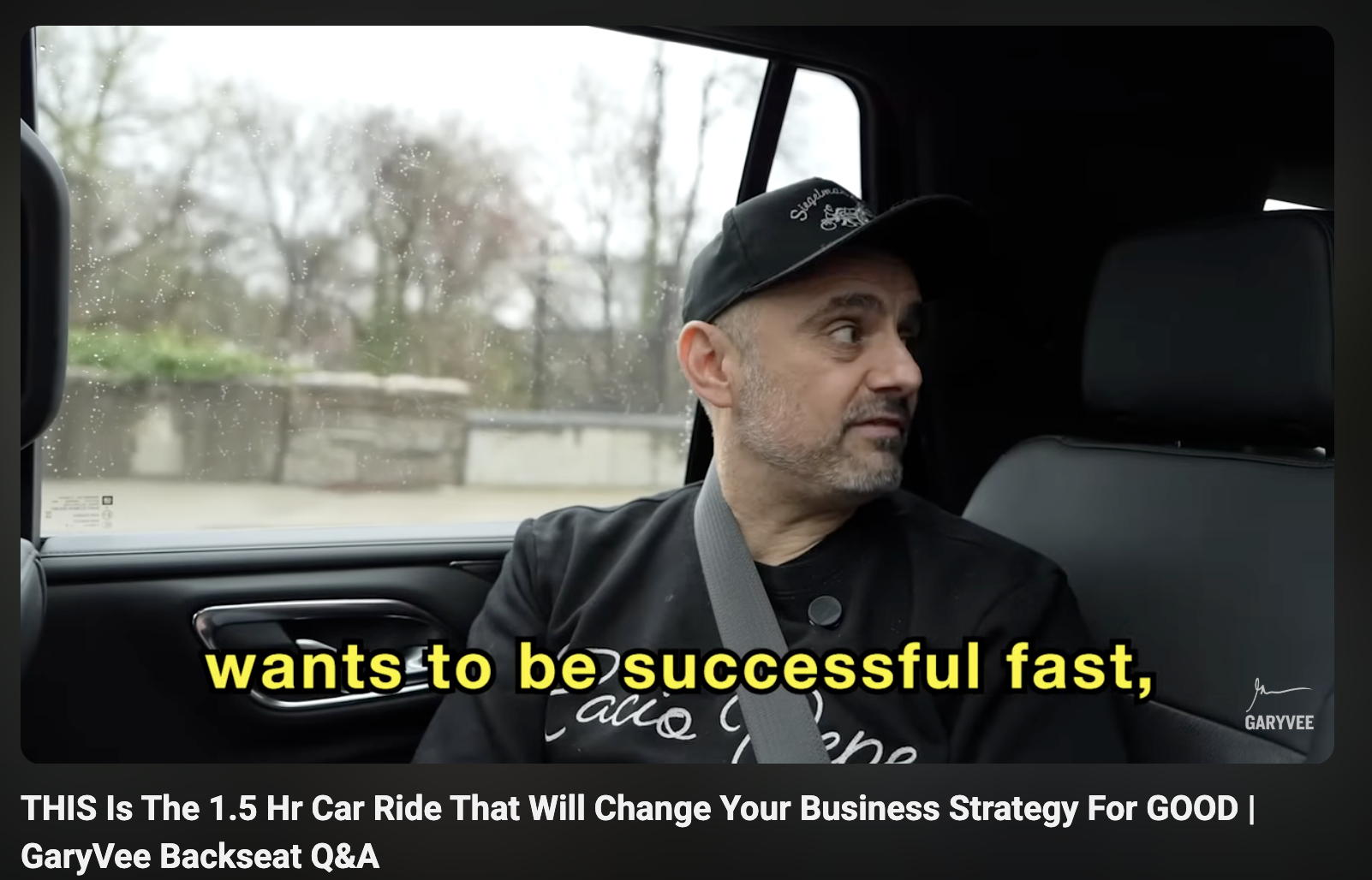
This is arguably the fastest route to getting traction with your clips. By using content from well-known personalities, you’re leveraging their existing audience and credibility which means users are more likely to engage with most or all of your video.
Pro Tip: Find top rated podcasts including the most famous people in your niche that are filmed and posted on YouTube, and save time by using AI to go through the transcript to organize and extract key phrases and ideas.
Find hidden gems
While famous figures will get immediate attention, you can easily get lost in the noise of others doing this exact same strategy. So, one way to build a unique and sustainable channel is by finding lesser-known experts who drop underrated knowledge bombs.
Look for niche podcasts with deep expertise but lower visibility, or long-form YouTube content to clip that haven’t yet gone viral. Another good source is conference talks or university lectures that are overlooked but have valuable insights.
Another bonus to using this hidden gem strategy is that you can reach out directly to these creators and pitch your value as a dedicated clipper to grow their audience and expand their reach.
Step 4: Download and use editing software
Apart from using AI tools like Opus or Descript, your videos won’t edit themselves. You’ll need proper editing software to create engaging clips that stand out from the crowd.
The best editing software for clipping short-form content
- CapCut: The undisputed king of short form content editing at this time is CapCut, and not only is it totally free, it’s highly intuitive and user-friendly so even those who have zero editing experience can get the hang of it straight away.
- iMovie: Another free and beginner-friendly option is iMovie. It has simple drag-and-drop functionality and pre-made templates, but keep in mind it’s only for Apple devices.
- Canva: Canva has become a household name for widely accessible graphic design, but it’s evolved far beyond static images. They now offer a video editor that you can pair with their vast library of graphics that can help elevate your clips with minimal effort.
- Platform native app editors: Most social platforms now include built-in editors that are perfectly optimized for their specific format requirements. Even if you do the bulk of your editing with another tool, you should always finish up on the native app’s editor as you can include key finishing touches such as adding trending audio or effects.
Setting up your editing software for clipping
No matter which app you choose to use, you’ll need to do the following to get the most use out of it.
- Download and install your app Make sure it’s compatible to your device and that you install the official version.
- Go through tutorials: Most apps will start you off with a simple walk through, so don’t skip it. Take your time to go through it slowly, and if you’re still left with questions, you can find extensive tutorials on YouTube.
- Create a project folder to organize your clips: Organization with a project folder isn’t something you should delay as this will quickly become helpful even if you’re starting out small in the beginning.
- Set up project presets: While not necessary, setting up presets that you can use will help with efficiency and also make it easier if you want to scale by delegating as you can create SOPs surrounding standards and workflows.
Step 5: Create your clips
Now that you have your content and editing software ready and know exactly how to use it, it’s time to craft scroll-stopping, attention grabbing clips.
Here’s the best way to do it:
Create the perfect hook
The most important part of going viral is engagement during and past the first 3 seconds, and the hook is what will make or break your clip’s success.
Provocative or even controversial statements or questions will not only make your viewers stay watching, but also make them comment and share - giving the signal to the algorithm to push your content even more.
Don’t overlook the visual aspect which in some cases can be 100% of the hook. Quick zooms, a funny facial expression or outfit, or a trending filter are all examples of ways to use visuals to enrich your hook.
Use and optimize captions
Today, creating captions is easier than ever as most editing software including CapCut and TikTok and Instagram offer a built-in caption generator. Make sure your text is legible and not overlapping with the app icons, and consider using different styles or transitions.
Another reason to use captions is that a surprising amount of viewers consume short-form content without sound, often because they’re doing so in public, in bed, or discreetly (like in long office meetings). So, if you’re not using captions, you’re missing out on reaching them.
Batch produce content
Instead of making one clip at a time, make a whole batch at once. For example, you can dedicate specific days to finding content, another day to editing, and another for scheduling and distribution.
This prevents context switching and dramatically increases both your output quality and quantity. Aim to create 5-10 clips in a single session once you've got your workflow down. You can also use tools like a post scheduler to add even more efficiency.
Get familiar with different platform standards
Each platform has unique requirements for maximum performance, and you can sometimes find that the exact same video might flop on one platform and excel on another.
So, not only should you post on at least 2 different platforms to increase your odds of going viral, you should get familiar with what type of content does best on each and potentially tweak each clip to become platform-specific, rather than posting the exact same video on all platforms.
For a broad overview of the main platform standards, in general, TikTok favors shorter videos, trending sounds, and less focus on video caption descriptions. Instagram users are more focused on pleasant aesthetics and are more likely to read the video caption description, so take time to write that out. YouTube shorts should end with a prompt to subscribe to your channel and should be more in the 60-second range.
Step 6: Review data, test, and change when necessary
Once you’ve started producing and posting clips regularly, you can’t just rely on luck and volume to go viral. Make sure to constantly analyze performance data and then test and change your approach accordingly.
Clippers who succeed long term for both themselves and clients are those that can identify what’s working and what isn’t, doubling down on the former and cutting out the latter.
Why clipping is such a great way to make money online
Clipping has absolutely exploded in popularity in recent years, and it’s actually easier now more than ever to get started clipping.
It’s so easy that you can learn the skills in less than an hour - even from scratch - and start with editing software that’s completely free.
So, with no need for special qualifications, expensive equipment, or a complex strategy, you can jump right in.
But the real icing on the cake is that you can go viral faster as a clipper compared to traditional content production.
Unlike making original content yourself (which can take time for a cold audience to warm up to), you can clip content of celebs that people already engage with at high rates.
This means your videos will benefit from the algorithm favoring their content that you can now make money from as a clipper.
So if clipping is this easy, why isn’t everyone doing it?
Well, while anyone can create clips, not all clips perform equally. The key to making money as a clipper is to take the most engaging or helpful parts of a full piece and edit them into an entertaining piece with an engaging hook.
Note: This form of clipping is different from traditional media monitoring clipping (aka press clipping), which involves tracking media coverage of a brand across various platforms to analyze brand reputation and media impact.
Also, clipping in audio refers to when a recording exceeds the maximum level a system can handle, resulting in distortion from the waveform being cut off.
Clipping with Whop - Whop Content Rewards
Whop uses ‘content rewards’ to pay anyone to clip content.
One of the best ways to get paid for posting your video clips right away is through Whop’s Content rewards program.
Right now, brands are offering hundreds of thousands of dollars to clip their content.
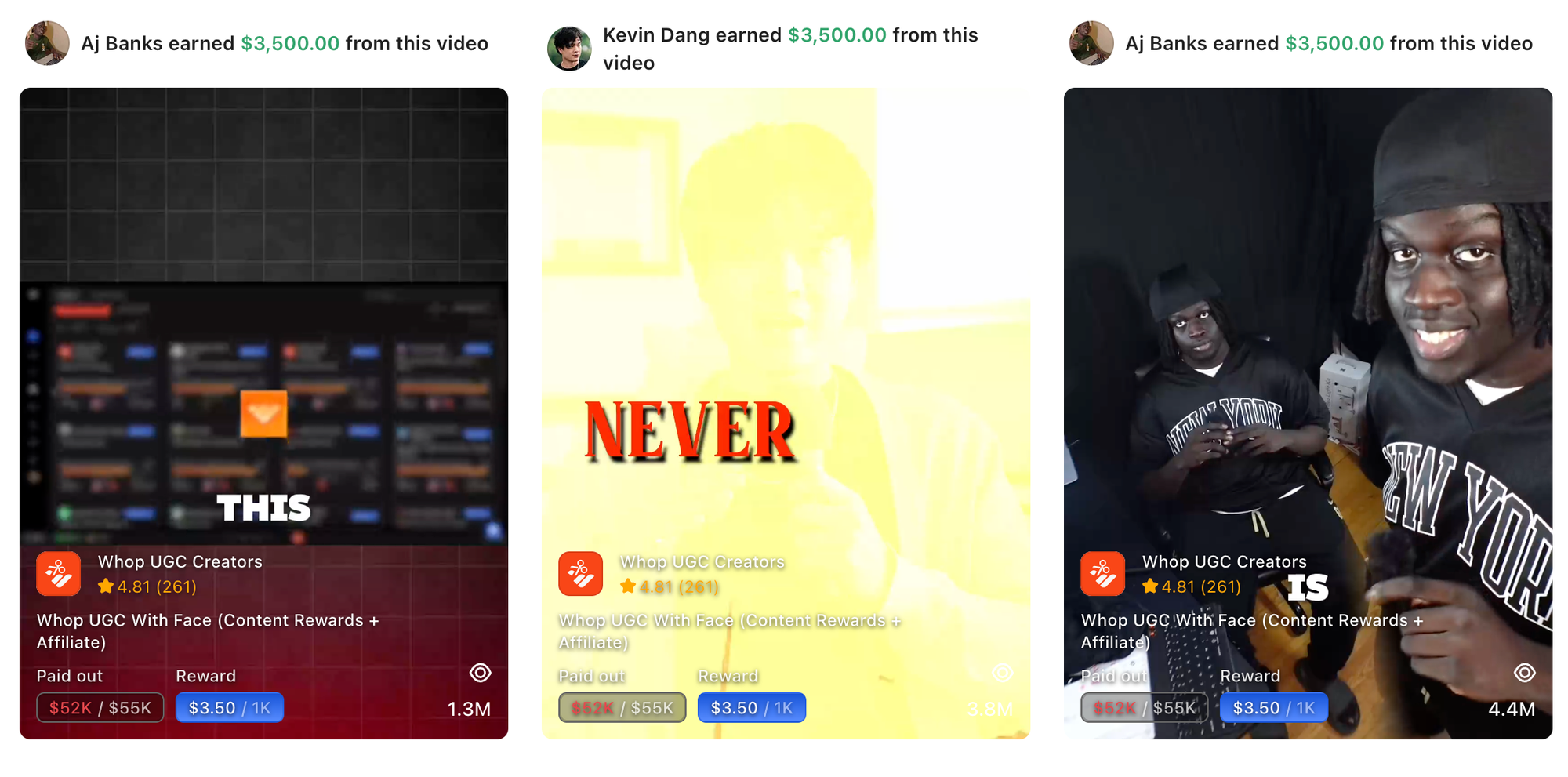
There are countless brands listed, each with a generous budget that is making some people thousands of dollars from a single video alone.
Other ways to maximize your clipping income
So now you know how to make the most money clipping with Whop, let’s take a look at some of the other most common approaches that successful clippers use:
Working directly for creators or agencies
Most creators or online businesses who are producing content focus mainly on longer-form content, with clipping just as an afterthought. You can use this to your advantage by either cold pitching content creators who aren’t taking advantage of short-form clips of their longer pieces of content, or by getting a paid gig with a clipping agency that already has paying clients and needs clippers.
You can even create and manage the brand’s content with the content rewards program on Whop, earning yourself a cut of their payout budget.
The best part about doing this is that the competition is slim, and most good brands are looking to diversify from traditional ads and will happily pay part of their marketing budget to clippers.
Creating your own clip channels
You can build your own social media channels by using clips as the sole form of content - in fact, many people who earn their living online with viral theme pages do just this.

Once you’ve grown an audience and kept them engaged, you can earn money in many ways, including sponsorships, digital products, affiliate marketing or even selling your channel or page.
Launching your own clipping agency
If you’ve found success as a clipper and want to scale beyond just yourself, you should consider launching your own clipping agency to achieve this. By having trained clippers working under you, your job will be mostly in finding new clients while maintaining the relationships with current ones.
Working as an agency can give you the credibility to land clients with higher budgets, meaning that even with increased overhead you can potentially make way more money than clipping on your own.
We’ll get more into the exact monetization methods later, but first, let’s dive in with an actionable guide on clipping.
How to earn money as a clipper with Whop
Clipping content is a great way to make money online. Here’s exactly how you can make money as a clipper:
Get paid to clip with Whop
Apply for Whop Content Rewards
Whop Content Rewards means that anyone can become a clipper. It doesn’t matter how many followers you have or if you’ve ever made content before - if your clip gets views, you get paid.
To find clipping opportunities, join Whop Clips.
Start a clipping agency
If you want an online business that’s cheap to start, easy to scale, and in high demand, clipping is hard to beat.
Even top entrepreneurs like Whop’s Iman Gadzhi got their start running agencies — and for good reason. They’re quick to launch, flexible, and profitable.
While traditional agency models like influencer marketing are getting saturated, clipping is still wide open.
How to start a clipping agency
Clipping — aka editing short-form videos for creators and brands — is one of the fastest-growing agency offers right now.
With short videos dominating platforms like TikTok, YouTube Shorts, and Instagram Reels, demand is sky-high. All you need to do is:
- Learn basic editing (use tools like CapCut or InShot)
- Create a simple offer (per video, package, or monthly)
- Reach out to potential clients (creators, coaches, brands)
Want to skip the client chase?
Whop’s Content Rewards program lets you earn by creating viral clips for existing offers. Or, if you’re a business owner, use it to grow your reach by paying clippers to promote your products.
If you want to get started even faster without needing to find clients, Whop’s Content rewards program is a perfect launchpad.
- Sign up for the program
- Create an offer (e.g. $3 per 1000 views) and fund it
- Post it publicly
- People will start signing up for your offer and creating content
- Review content and make your payouts
Content Rewards is the easiest way to find individual clippers to help your brand go viral.
Read more about setting up Content Rewards here
Make money clipping with Whop today
Getting started making money as a clipper has never been faster and easier thanks to Whop.
So, if you’re ready to transform your social media engagement from mindless scrolling to decisive income, you’re in the right place. Whether you’re a total beginner or looking to level up your skills, we’ve got your back with everything you need, including Whop Clips and Content Rewards.
The best part? Right now, as a new member of Whop Clips, you’ll get paid for your first 3 videos no matter how many views they get - so there’s no pressure to perform (but there’s big upside if you do!).
FAQs
What are the different types of clipping?
Clipping is a general term that can refer to different types, including content clipping, audio clipping, and media clipping. Content clipping is the most modern and accessible form where individuals make clips of long form content and publish them on short-form friendly social media platforms.
Clipping in audio is a technical term referring to audio distortion from recording something too loud, and media clipping is the gathering of all relevant press related to an individual or business.
How do clippers make money?
Clippers make money in several different ways, but broadly speaking, they earn money either on their own or by getting paid by an individual or a business for their services.
Getting paid by a third party is fairly straightforward and often just regards agreeing upon a flat rate. Clippers that make money on their own will earn based directly on their performance.
While there’s a risk of not making anything, there’s also the upside of keeping everything you earn from a diverse set of income streams, including digital products, affiliate marketing, sponsorships, paid memberships, ad revenue and gifts.
How much can I make as a content clipper?
As a freelance clipper, you can make anywhere from $5-$500+ per video, depending on who is paying you and whether or not there is a performance incentive. For part time clippers starting out, an income of $200-$500 per month for a few hours of work per week is very achievable.
Experienced clippers who have established their own channels and streams of income or agencies can earn upwards of $10,000 per month.
How much does it cost to start clipping?
You can get started clipping completely for free by browsing free platforms for publicly available content and using free editing software. However, as a beginner, if you have the money, it’s worth investing into educational resources, premium social media group memberships so you can get started as a clipper the right way in a supportive environment.
The cost for this is often less than $100, and it can greatly increase your success. Premium versions of editing software might cost $20-$50/month but are for the most part not necessary in the beginning.
What skills do I need to become a content clipper?
In order to become a content clipper, the only technical skills you need is knowing how to use editing software. But, if you want to be a successful content clipper, you need to have a good sense of taste and understanding of what makes content viral and be able to reproduce it on your own.
This latter skill comes with time, but it’s arguably one of the most important skills to pick up today regardless of whether or not your goal is to be a successful entrepreneur or if you want to stay relevant in the job market.
How much do TikTok and YouTube pay clippers?
Once you’ve reached the monetization thresholds mentioned earlier, you’ll be eligible to earn money directly from the platform’s revenue. This will come mostly in ad revenue, which typically pays per 1000 views or CPM (Cost per mille).
On the lower end are TikTok and YouTube shorts which typically pay anywhere between $0.01 and $0.06 CPM. Facebook reels are the most lucrative, with some creators reporting CPMs of up to $4, so don’t overlook this platform that’s sometimes slept on.
In addition to earning platform CPM rates for your views, you can also get access to creator/partner funds or bonuses based on view counts and engagement metrics.
Can you get sponsored as a clipper?
As your audience grows, this brand partnerships and sponsorships become an easy way to increase your income as a content clipper. This can look like dedicated sponsored clips or simply natural mentions of a brand within your normal clips or in your stories.
Affiliate marketing, where you get paid a commission to promote products or services, also falls under this income category. Unlike receiving a flat rate for a brand deal, there’s no guaranteed money up front in affiliate marketing but this also means you can potentially earn much more if you get good at increasing your reach and conversion.
The great thing about affiliate marketing specifically with clipping is that many times, well-known people that you clip will often have their own products or services that you can promote as an affiliate, and the conversion rate for these will be much higher if you’ve managed to build a dedicated following with their clips.


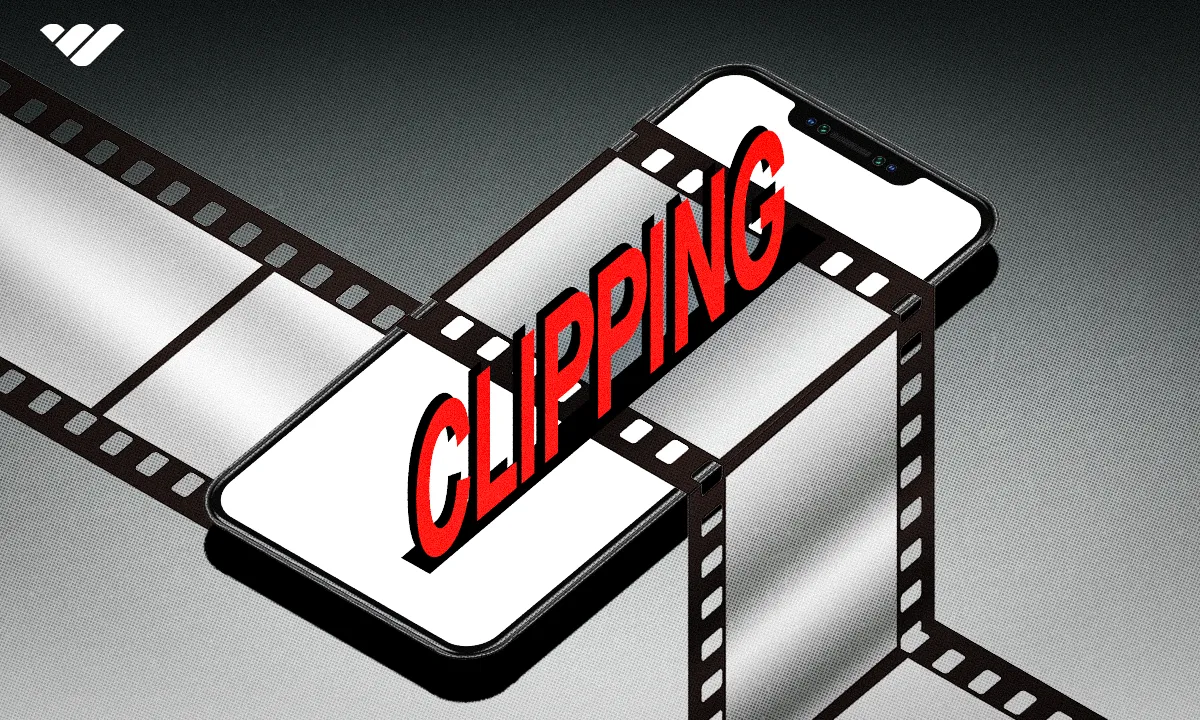
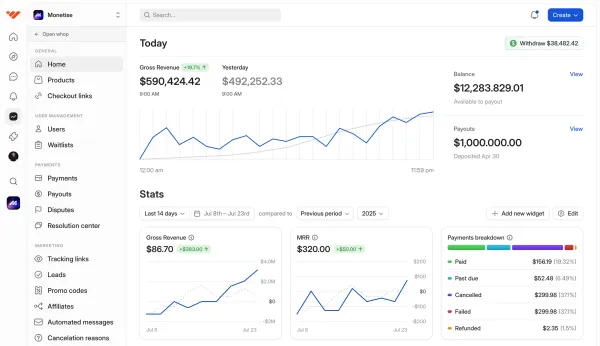


![80 remote side hustles to make money from anywhere [2026]](/blog/content/images/size/w1000/2025/11/tablet-designer-home-opt.webp)



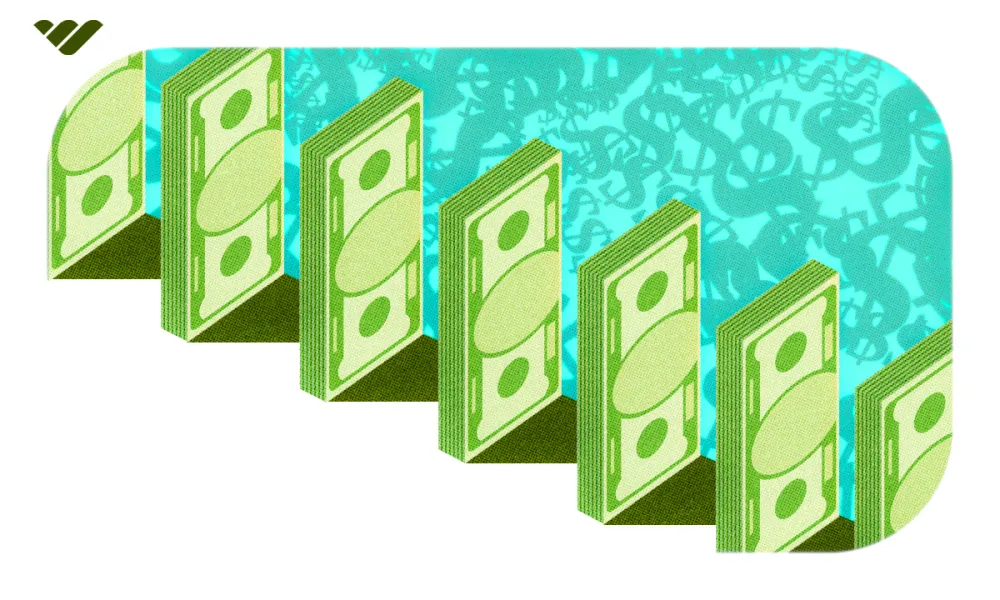



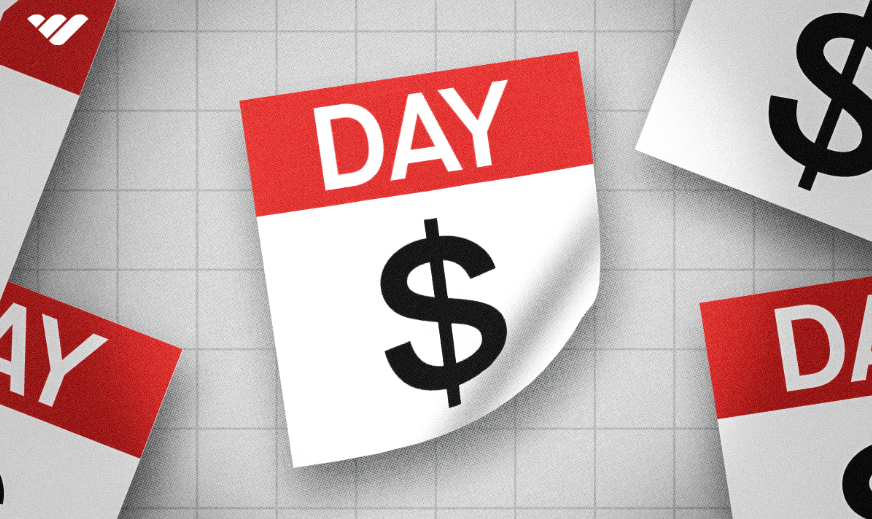
![68 proven ways to make money online [2026]](/blog/content/images/size/w1000/2025/08/make-money-online.gif)